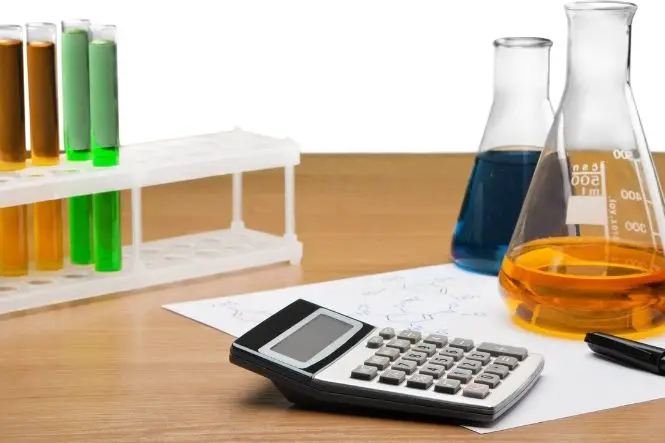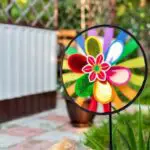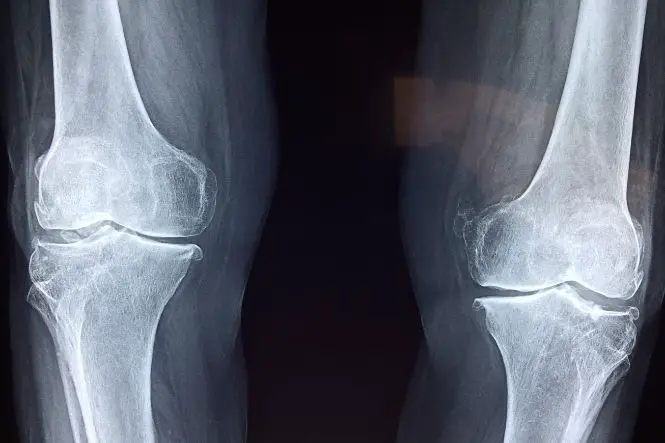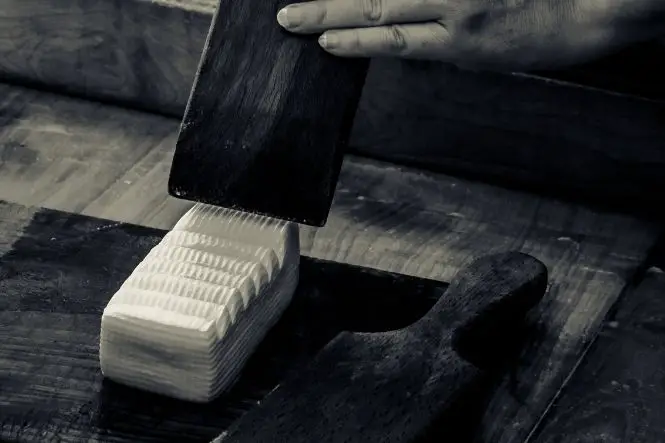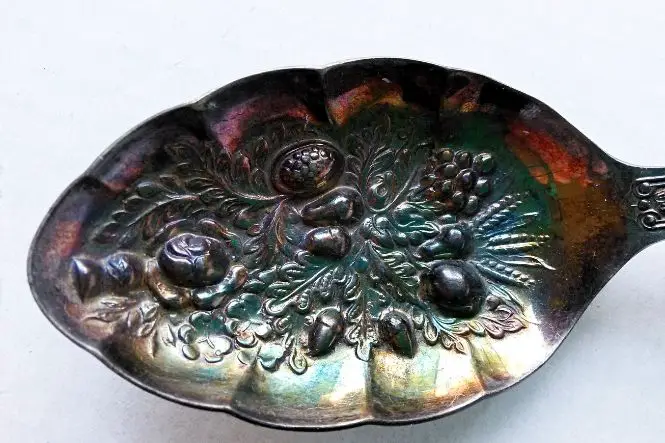The pH scale is a scale of numbers that describes how acid or alkaline (another word for alkaline is ‘basic’) something is. A pH indicator is a liquid or paper that changes colour – each colour corresponds to a number on the pH scale.
Table of Contents
Making an Indicator Solution
To make an indicator solution, finely chop or grate red cabbage and cover in boiling water, or blend coarsely chopped red cabbage with boiling water. Leave it for ten minutes, and strain it through a coffee filter.
Red cabbage contains a substance called flavin, which is a member of a family of compounds called anthocyanins. Anthocyanins change colour according to whether something is acid or alkaline. There are natural anthocyanins in many plants, including geranium, delphinium, poppy and rose petals, horse chestnut leaves, and blueberries, blackberries, blackcurrants, cherries, grapes, carrots, beetroot and rhubarb. Other pH indicators found around the house include turmeric (mix with surgical spirit to extract the curcumin, which is a yellow pigment) and strong black tea.
Testing for Acids and Alkalis
Put a bit of the indicator solution into a glass and add some of the test liquid, or soak blotting paper, paper tissues, kitchen roll or coffee filters in the solution, leave to dry, cut it into strips and use the strips as pH indicator paper by touching on to a wet surface (e.g. soap) or dipping the bottom edge into a liquid (e.g. vinegar).
Test the pH of things found in the home. What colour does the indicator go? Is it acid or alkali?
- lemon juice
- vinegar
- bicarbonate of soda dissolved in water (a solution)
- soap
- washing up liquid
- washing powder solution or washing liquid (the kind used for washing clothes)
- washing soda crystals solution
- tap water
- distilled water
- bottled mineral water
- fizzy drinks
- milk
- sour milk
- yoghurt
- salt
- Epsom salts solution
- cream of tartar solution
- sugar solution
- indigestion tablets solution
- citric acid solution (available from chemists).
With the red cabbage indicator, at a low pH (acid), the indicator will be red, and as the pH increases towards neutral, it will go purple. At a neutral pH (about 7), the indicator will be bluish violet, going green as it increases, and at a high pH (alkaline), the indicator will be greenish yellow. Put the things found at home in order of pH.
Mixing acids and alkalis can make the pH move towards neutral. Put some indicator in a glass and add some lemon juice – the indicator will show that this is acid. Add bicarbonate of soda bit by bit to make the mixture neutral and then alkaline. Was vinegar more or less acid according to the indicator solution? Does it take more or less bicarbonate of soda to make vinegar neutral?
Painting with Acids and Alkalis
Soak a coffee filter or a piece of blotting paper in the indicator solution and let it dry. Using a paintbrush, paint a picture on the paper using acids such as vinegar or lemon juice, and alkalis such as bicarbonate of soda dissolved in water.
Using pH Indicators
Scientists use pH indicators to see what is happening in a chemical reaction. Gardeners use pH indicators to see how acid or alkaline the soil is, as different plants grow better at different pHs.

